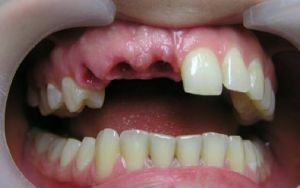 People of all ages have some defects in the dentition. This phrase refers to cases where a person lacks one or more teeth, when they are placed in an abnormal position, are shifted, twisted, and also when an occlusion is observed.
People of all ages have some defects in the dentition. This phrase refers to cases where a person lacks one or more teeth, when they are placed in an abnormal position, are shifted, twisted, and also when an occlusion is observed.
Often, in one patient, several defects of the dentition can be observed at once.
Contents of
- Why do I need to classify?
- Kennedy Classification
- Systemization by Eichner
- Gavrilov's System
- Classes and Subclasses of Betelman
- Features of the Zhuleva
System Why Classification?
Since the 19th century, many dentists have been puzzled by the issue of creating a certain classification of all major types of dentition defects in order to develop universal approaches to their study and the selection of correct and effective therapies.
Classification allows you to quickly and more accurately determine the type of an existing defect, choose the best way to treat it, for example, the most suitable variant of the prosthesis in a particular case.
This is a very difficult and important task, since if you do not take into account the nature of the deviation, you can, for example, disrupt the normal functioning of the dentition after the prosthesis.
It often happens that after a poor-quality orthodontic treatment, the load on the teeth is distributed unevenly and they, as well as the 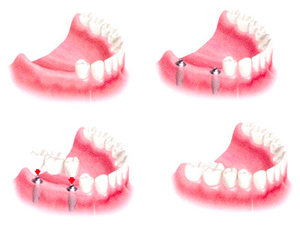 adjacent soft tissue, are constantly overloaded, which can cause other problems.
adjacent soft tissue, are constantly overloaded, which can cause other problems.
To avoid complications and achieve maximum treatment effectiveness, prominent dentists have developed and systematized all orthodontic pathologies by class and subclass.
The most common in modern dentistry is the classification of dentition defects by Kennedy, Betelman and Gavrilov. Also popular are the systematization of Eichner, Zhulev, Oxman and some other physicians.
The choice of a dental prosthesis is not an easy task - the eyes are running from the species. ..
Kennedy's classification
Edward Kennedy is an American dentist who was one of the first to start rather complicated operations for correction of occlusion.
With extensive experience in practical work, he decided to divide all the most common dentoalveolar anomalies into 4 classes, as well as three subclasses.
Kennedy offered his system in 1921 and since then it is the most commonly used and recognized by all world experts.
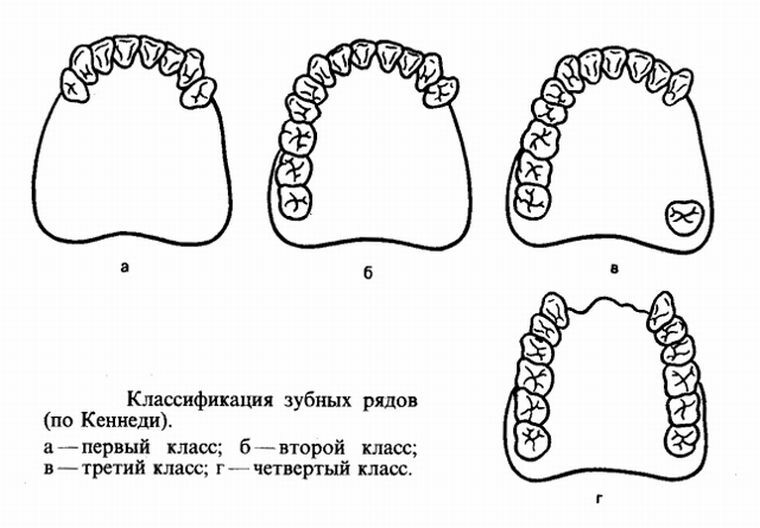
The first class includes defects when a person does not have chewing teeth on either side of the arch. In addition to the main 1 class, it has 3 more subclasses:
- lack of teeth not only on the sides of the dental line, but elsewhere in one place;
- absence of some teeth in 2 places( not including lateral positions);
- lack of teeth in as many as 3 places besides the main side chewing.
The main variant of the prosthesis for the treatment of the deviation from the norm of the first group is the so-called labile mount, in which special devices are provided for the installation of missing teeth, which must supplement the damaged dental series.
The second Kennedy class includes the case of a one-sided defect in conjunction with the loss of the distal support. The subclasses here are exactly the same as in the previous version: the 1st implies the presence of one lost tooth, in addition to the main defect, the second - two, the third - three.
The best method of correction is the use of a prosthesis with palatinal fixation on the side of healthy teeth, as well as the attachment of the labile type from the side where the defect itself is located.
The third class includes a one-sided violation, but the distal support is present. Subclasses are all the same as in the previous versions. The best design for treatment is a special bridge prosthesis of a removable structure with the use of support clamps.
The fourth class does not have subclasses and deals with the case where there are no front teeth in the frontal part of the dentition. The best treatment option here is the same as in the third class - installation of a bridge prosthesis with supporting clasps.
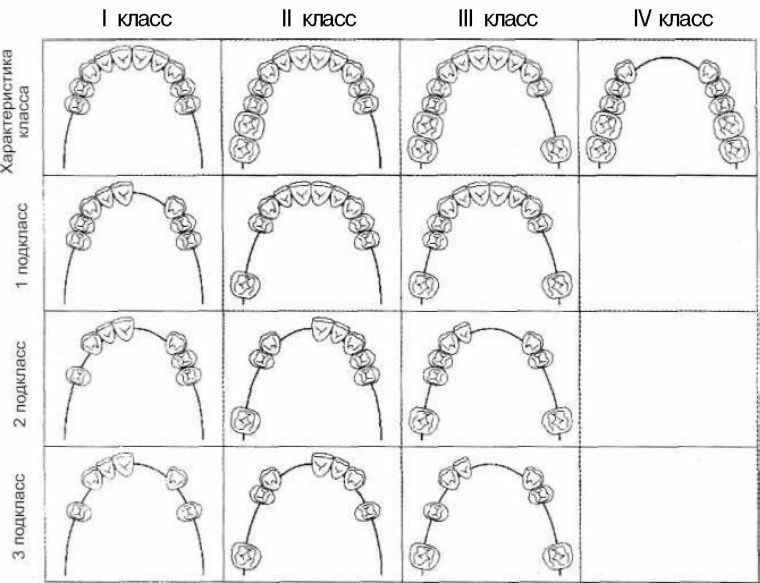
Systematization according to Eichner
A simpler version of the division of abnormal dentoalveolar development than the previous one. Eichner suggested that in the human dental arch there are four so-called protective zones, named molars and premolars for the right and left sides. They are responsible for maintaining the interalveolar height.
In the case of defects with teeth, they can be divided into three groups:
- first group A - includes rows that have antagonist teeth in all four premolar and molar zones;
- second group In - in some protective zones there are no teeth, it can concern both one zone and several at once;
- the third group With - in all 3 zones the teeth-antagonists are lost.
Gavrilov's system
Gavrilov Evgeny Ivanovich is a prominent scientific figure of the USSR, doctor of medical sciences, who also developed his system of classification of defects in dentition. In his work he tried to achieve not only a beautiful appearance of the teeth, but also a complete restoration of their functionality, as well as the correct distribution of the load between all parts of the dentition.
Classification according to Gavrilov assumes the presence of such types of defects:
- one-sided, as well as bilateral rows of teeth with dislocations at their ends( the case when the largest teeth are spoiled or absent at all, either on one or both sides);
- one-sided as well as two-sided rows in which side inclusions are included( in this case problems are present with lateral teeth on one or both sides);
- defects on the front teeth;
- is a combined variant when there are signs of several or all the above mentioned groups( defects with lateral teeth and with front, back, large and lateral, posterior and anterior ones);
- also stands out a variant with single-preserved dental units, that is, in fact a complete adentium.
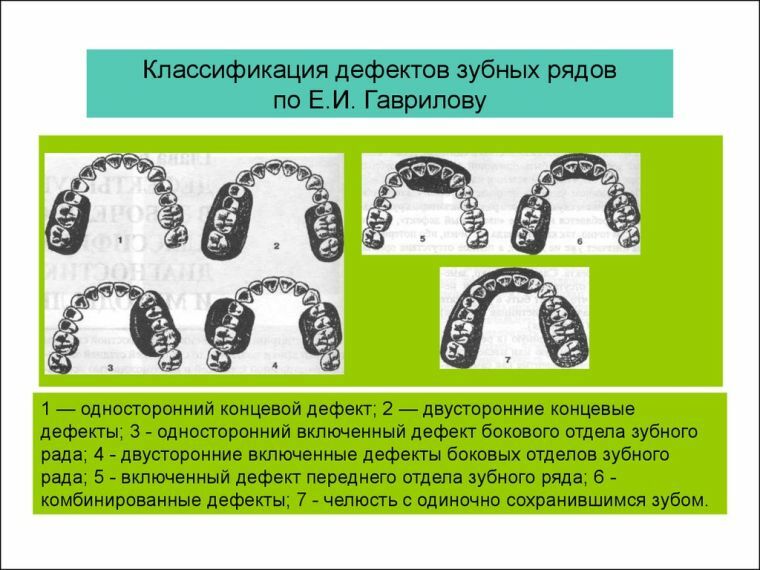
Classes and subclasses of Betelman
The dentist Betelman proposed his own method of determining the prosthesis needed for the installation of certain defects. He divided all the jaws into two large groups, each of which in turn consists of two subclasses.
The Betelman classification looks as follows:
- First class - there are defects in the dentition with one or more end defects. This means that the problem teeth are at the ends of the rows. Accordingly, there are two subclasses here: 1 subclass - there is only one-sided terminal defect in the series, 2 subclass - the patient has bilateral end defects.
- Second class - one or more of the included defects are observed. Included is that the end teeth are in place, but those that are in other parts of the row are missing.1 subclass of the 2nd class means the presence of one or more included defects, in which there are no more than three adjacent teeth;2 subclass includes defects in which there are one or more lesions of 3 or more dentition lengths.
This approach is simpler than that of Kennedy, but it systematizes well the typical deviations in the structure of the dentoalveolar system.
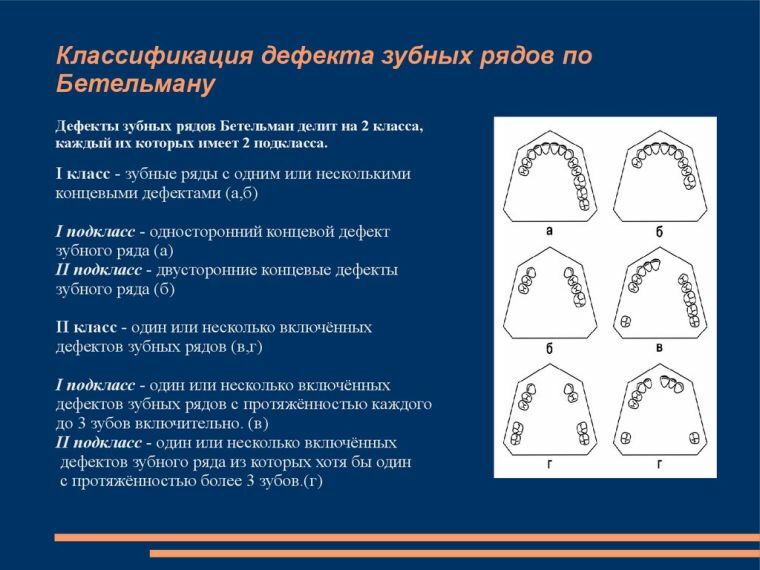
Features of the system Zhuleva
Zhulev Ye. N. - a representative of the Nizhny Novgorod Medical Academy, a professor who in 1989 put forward his version of the systematization of dentoalveolar deviations. Its system consists of five classes:
- 1 class - appeared in the fissures of the cavity, all sorts of cavities and pits;
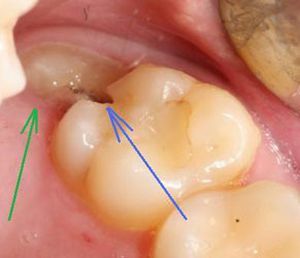
- 2 class - the emerging cavities in the fissures, as well as the fossa of the front teeth;
- 3 class - cavities available on the surface of any front or side tooth;
- 4 class - cavity in the cervical, or pridegreevoy region;
- 5 class - combined cases, including mixed variants from the previous specified problems.
There are many other less well-known classifications, but they are rarely used, as the above systems of Kennedy, Gavrilov and some other physicians quite well cope with the task at hand - choosing the most suitable prosthesis for typical frequently absent dentition defects.
Using similar systems, dentists make life easier for themselves and the patient and can choose the most optimal variant of the prosthesis to be installed, which will take into account the anatomical features of a particular person to the maximum. Of course, every case is unique and it is not easy to predict all possible original combinations of deviations, but in most cases these classification systems solve the tasks assigned to dentists quite well.
